Teaching the New Tools of Monetary Policy
Resources for teaching the Fed's monetary policy tools in an ample-reserves framework.
{{searchResultSnippet}}
 Back to All
Back to All
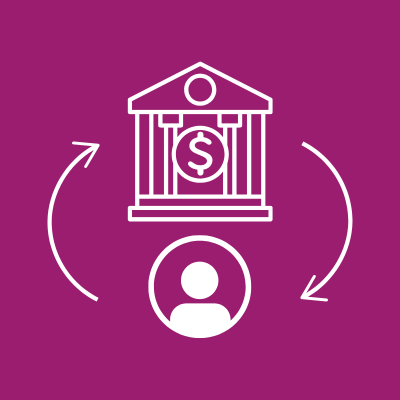
This video assignment combines economics and history and summarizes several banking panics that resulted in significant recessions and depressions in the U.S. during the 1800s.
This is outrageous! Locking the doors on their customers! I had my life savings in there! Or, maybe they're not in there anymore. I heard they plumb run out of cash. What have they done with our money? I don't understand. In my opinion, those bankers are rascals. I don't trust them anymore to keep my money safe. Several financial crises led up to the founding of the Federal Reserve. There had been a railroad building frenzy that collapsed and triggered multiple bank failures. Sounds a lot like more recent financial bubbles. Sure does. And that, and some other causes led to a severe depression which began in 1893 and lasted for several years. Just a few years later, in 1907, the Knickerbocker Trust company in New York failed. That set off a cascade of bank failures as well as a significant decrease in the money supply and a deep recession. Events, like the depression of 1893 and the panic of 1907, made it obvious that reform was needed. So, what happened? Well, in 1908, congress created a national monetary commission to study the economy-- especially ways to reduce the number of crises and panics. The findings of this commission eventually led to the creation of the Federal Reserve System. Which we can assume everyone was in favor of? Not exactly. In 1912, a document known as The Glass Willis Proposal recommended not a central bank, but privately controlled regional reserve banks. When Woodrow Wilson became President in 1913, he was against giving too much power to bankers and insisted on adding a public central board. After a lot of debate, this structure which is both central-regional and public-private was embodied in the Federal Reserve Act of 1913. The Federal Reserve System was structured with a central part--The Federal Reserve Board in Washington, which provided oversight. It also included 12 regional reserve banks. This basic structure is the same today. The distribution of reserve banks across the US reflected the size of populations and the amount of commerce at the time. The Federal Reserve Bank of San Francisco covered a huge territory because the west was much more sparsely populated and less commercially active than, say, the territory of the Philadelphia Fed. In larger areas, regional reserve banks open branches to serve their districts better. According to the Federal Reserve Act of 1913, one of the purposes of the Fed is to establish a more effective supervision of banking in the United States. Since 1913 the Fed has gradually taken on more authority to supervise and regulate financial institutions and activities. Among other things, the Fed tries to ensure that banks are financially sound and play by the rules. The Fed is also the lender of last resort. I like resorts. White sands, scuba. Not that kind of resort. A lender of last resort offers loans to sound financial institutions that are experiencing difficulties or are temporarily short on cash. Why would the Fed do that? The Fed might do it during a financial crisis or a national or regional emergency, especially if that institution's failure to get credit would have a severe negative impact on the economy. Another role the Federal Reserve has had from the beginning is its involvement in the US payments system. From the outset, the Fed has provided a better way for moving funds around the country. For most of its history the Fed operated a large nationwide network for clearing checks. In the electronic age, the Fed has been a leader in providing electronic payment services. It's also provided paper currency in the form of Federal Reserve notes, which became our main form of paper money. So the Fed plays several roles and can influence the economy in different ways, but its powers are limited and we've definitely had some financial crises since it was founded in 1913.
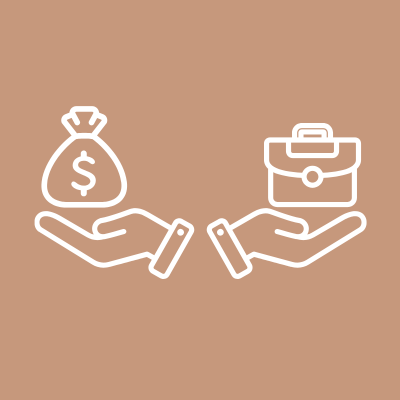
Teaching the New Tools of Monetary Policy
Resources for teaching the Fed's monetary policy tools in an ample-reserves framework.
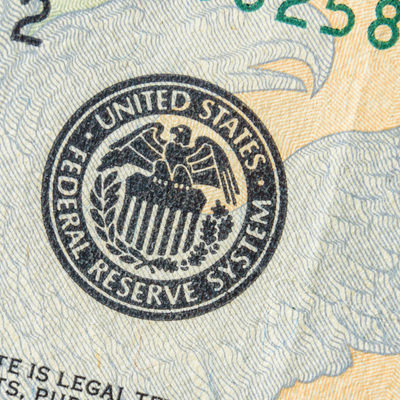
Making Sense of the Federal Reserve
Introduce the structure of the Federal Reserve and the basics of monetary policy.
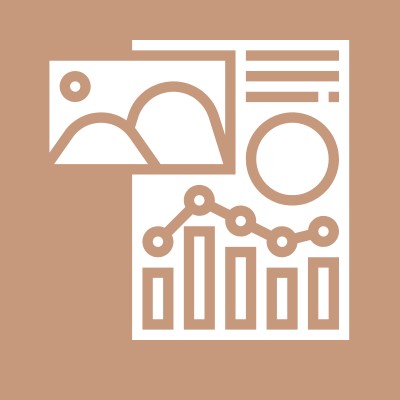
Fiscal & Monetary Policy
Define fiscal and monetary policy and highlight their differences.
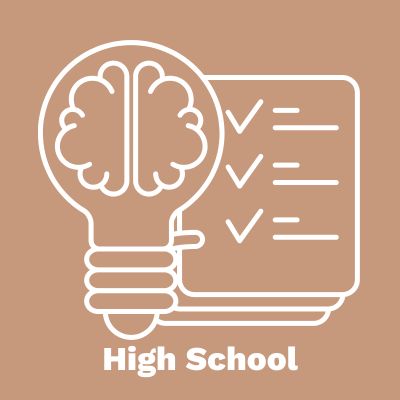
What Happens When the Federal Reserve Raises Interest Rates?
Demonstrate how a change in the target range for the federal funds rate transmits through the economy.
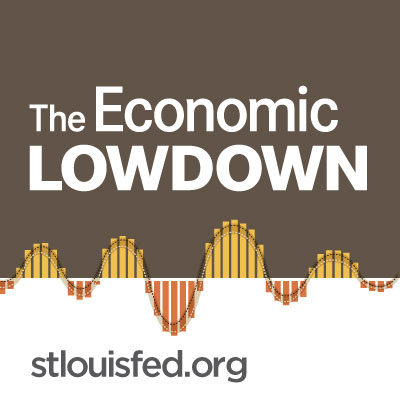
Econ Lowdown Podcast Series
21 Economics audio assignments for your classroom
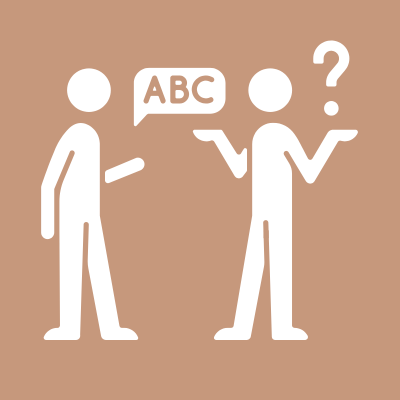
Jargon Alert: Helicopter Money
Learn about a tool to stimulate economies and fight deflationary pressures.
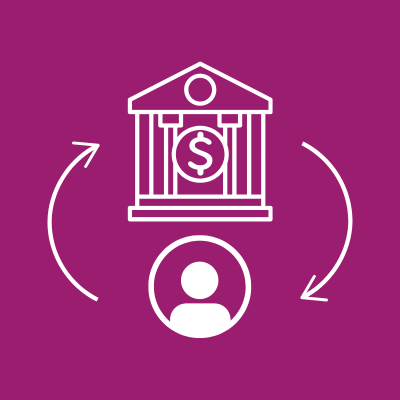
Boom Times and Bubbles: The Internet Age
Learn about the Monetary Control Act of 1980.

Central Banking
Learn the basics parts a central bank.

Inflation, Deflation, and Disinflation
Learn the differences between inflation, deflation, and disinflation.

Inflation, the Fed, and You
Learn what causes inflation.

Introduction to the Federal Reserve
Introduce the Fed’s three main functions.

Monetary Policy Fed and You
See how the Fed conducts monetary policy.

Money Versus Barter
Learn how money solves problems created by barter systems.

Price Stability
Learn the importance of price stability.

Stagflation in the 1970s
How did Federal Reserve Chairman Paul Volcker contain inflation, spurred economic growth, and reduced unemployment?

Structure of the Federal Reserve
Learn about the Board of Governors, the Reserve Banks, and the FOMC.
{{resourceTitle}}
{{resourceBlurb}}